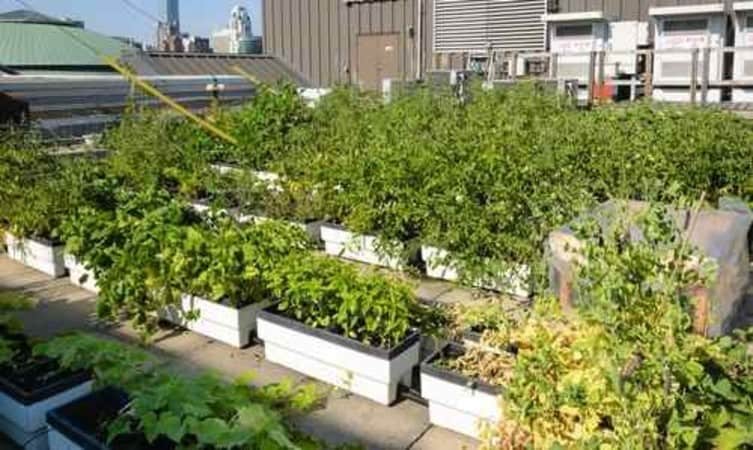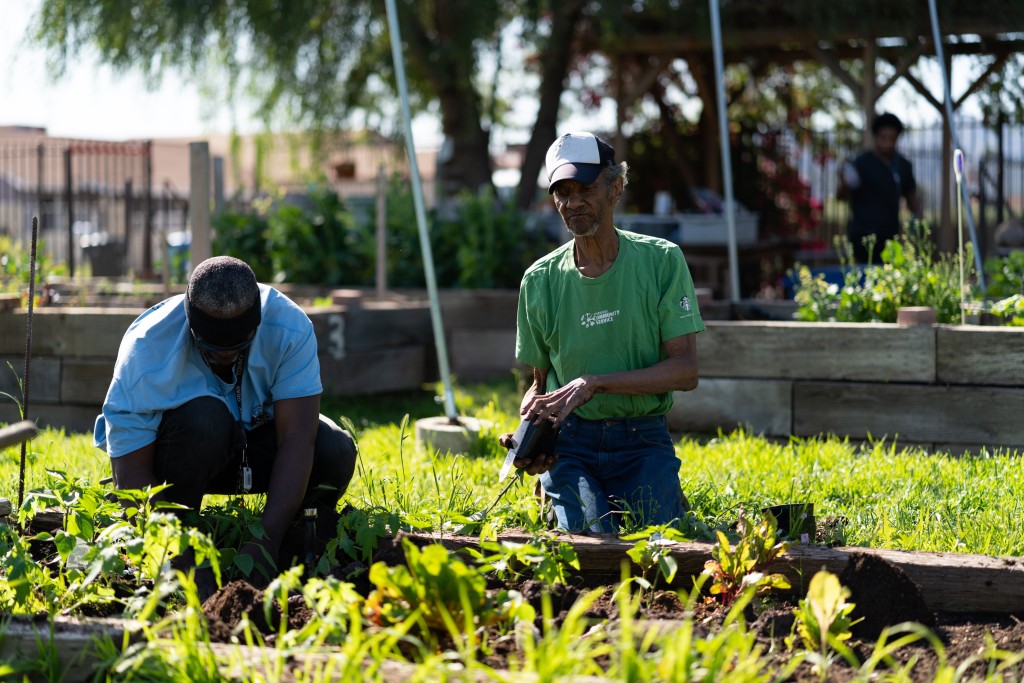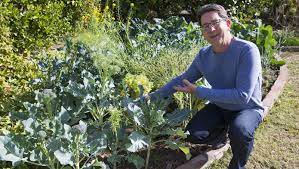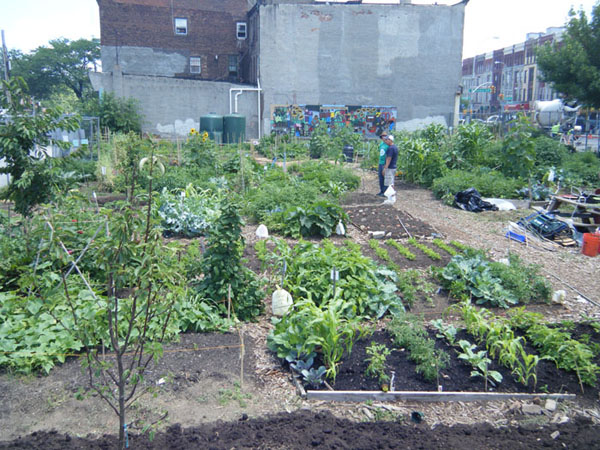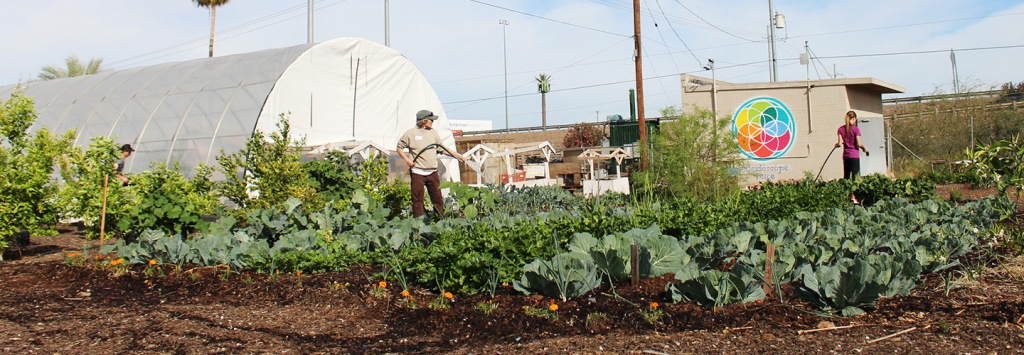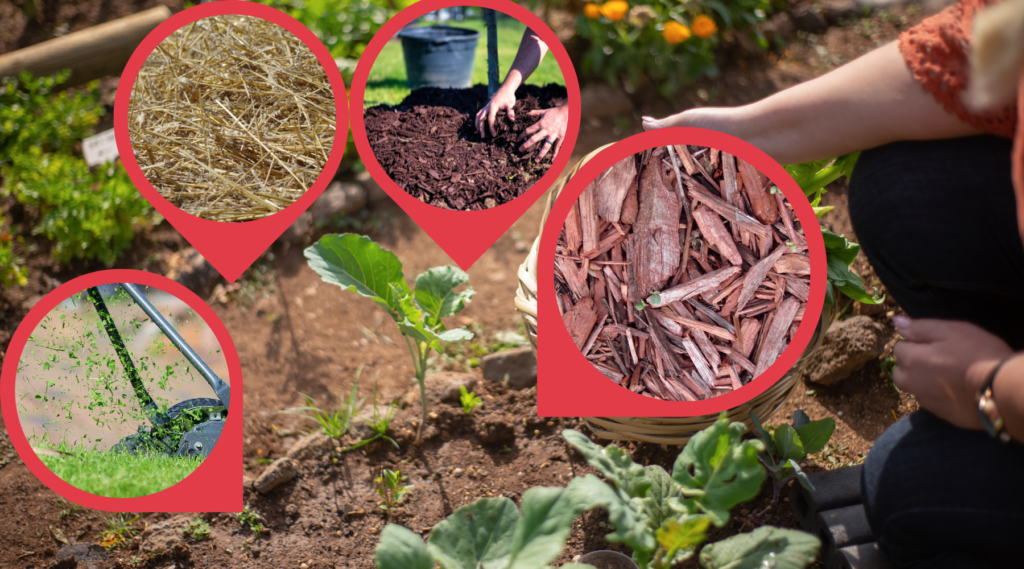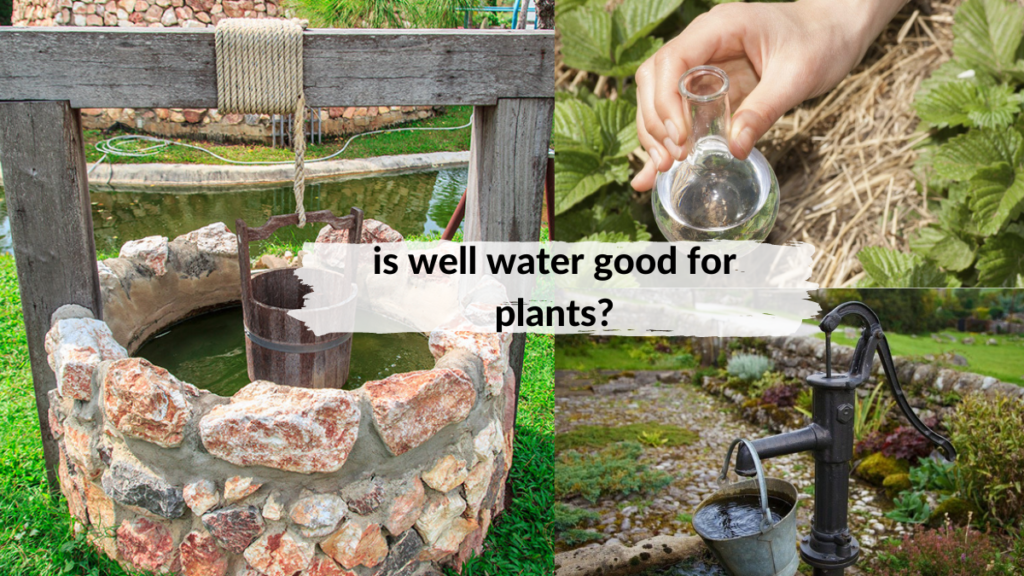Urban gardening allows people to grow their own food around urban areas. Because of urbanization, this practice is now considered a successful alternative as more people are getting into farming wherever they are staying. It is indeed a change from the usual beliefs that the cultivation of crops is only possible in rural areas.
Urban agriculture may also include aquaculture, animal husbandry, urban beekeeping, horticulture, and agroforestry. These activities may also occur in peri-urban areas, while there may be different characteristics with peri-urban agriculture.
understanding urban gardening
Various factors affect the growth of plants in and around urban areas. Some of these factors include topography, land space, type of plants, and capital requirements. Urban gardening can still be done differently and may include aspects like urban farms, hydroponics or aquaponics programs, and community gardens.
It is characterized by cultivating crops like vegetables, and fruits, and rearing fish and chicken in the peri-urban and urban centers. You can do it in backyards and front yards, sunrooms, balconies, rooftops, patios, and indoor greenhouses.
You can even make use of various containers, barrels, old tires, watering cans, kiddie pools, shoes, unused buckets, or window boxes to grow food crops, flowers, or fruit plants.
Urban gardening now plays an important role in helping urban communities with economic and social as it stimulates the local economy. It also serves as an effective way of securing the food security of families.
how can Phoenix benefit from promoting and utilizing urban gardening?
Promoting and utilizing urban gardening and urban agriculture in Phoenix will help in achieving sustainability goals. This can also make the city more environmentally friendly based on the research done by ASU or Arizona State University.
Researchers checked the sustainability goals that the city council set in 2016. These goals involve air quality, water stewardship, transportation, and food. They assessed what urban agriculture can do in achieving these goals. This specific study can be found published in the Environmental Research Letters journal.
Based on the analysis made by the researchers, Phoenix can meet its sustainability goal that concerns local food systems if around 5% of the urban space in Phoenix will be used. This is about 2% of the land space and 10% of building surfaces.
With high-resolution satellite images and public records at hand, the team behind the research was able to analyze the potential benefits of planting and growing plants in three types of urban areas in the city namely rooftops, building facades, and vacant lots.
As shown in the results, 71% of the available areas in Phoenix for urban agriculture will mainly come from the existing building and not from vacant lots. It is also estimated that about 5.4% of the city space can be utilized for urban agriculture. This means that it can supply almost 183,000 tons of fresh produce annually. Thus, allowing the delivery of various vegetables and fruits to all the food deserts in Phoenix.
This research only goes to show that the output of the urban agriculture of the city can meet 90% of the current yearly fresh produce that Phoenicians consume. Usage of vacant lots can also increase the green space in the city by 17% and decrease the areas that lack public parks by about 60%.
This will also bring more benefits for the locals as they can access more open green spaces. There were “walkability zones” found around open green spaces that expand to about 25% and can cover 55% of the study area by using vacant lots for urban gardening as identified in the study. A 3% decrease in energy use in buildings every year, as well as displacement of over 50, 000 metric tons of carbon dioxide per year, are expected with rooftop agriculture. This is equivalent to almost 6,000 energy use in homes for a year.
In the past 30 years, it is estimated that urban farming has grown by over 30% in the US. Although urban farming has been projected to meet the global food demand of about 15 to 20%, the level of food self-sufficiency that it can realistically provide for cities remains to be seen.
Based on a recent study, 51 countries lack enough urban areas to meet the daily recommended nutritional requirement of 300 grams of fresh vegetables for every person. Furthermore, as estimated, it would require 30% of the overall urban areas of those countries for urban agriculture to meet the demands for vegetables globally. Urban sprawl as well as land tenure issues are factors that could make it difficult to free up the needed land area for food production.
There are other studies suggesting that urban agriculture can still help cities in achieving self-sufficiency. Say, for example, in Cleveland. Researchers calculated that with its population of 400,000, urban farming has the potential to meet 100% of the fresh vegetable requirements of its urban dwellers, 50% of its egg and poultry needs, and 100% of the requirement for honey.
Urban farming may have promised a small proportion of the produced foods will go to low-income and food-insecure communities, but most of the vulnerable people have limited access to land areas and lack the needed skills to start their productive gardens.
how to create successful gardens in drought-stricken areas
it is given that every crop has its specific conditions where it will successfully grow. Some of these conditions include watering and full sunlight every day and watering and low light every three months, and anywhere in between. Cities like Phoenix are ideal environments for drought-tolerant or desert plants.
Drought-tolerant plants tend to flourish in arid and hot climates. These plants are often bred to grow under conditions with minimal watering. They often grow the roots much deeper than usual into the soil to absorb as much water as possible.
Other drought-tolerant plants can thrive faster than other desert plant varieties. This means that they need less water starting from the seeds through developing to mature vegetables. Some of the plants that you can consider including are quinoa, corn, lima beans, summer squashes, and okra to name a few.
Greg Peterson: the influence of an urban farmer in improving urban gardening in greater Phoenix
An urban farmer, Greg Peterson, has been sharing his insights and knowledge in urban farming in Phoenix.
He would usually tend to his garden beds and other crops on his quarter-acre property. There are fruit trees that make an amazing and productive fence along the street. The whole front yard is edible, and he is the one who designed it.
He mentions that the solution to the food problem in the world is growing food in city areas. Peterson uses permaculture on his farm.
what is permaculture?
Permaculture is a concept that many hardly understand, but it is among the most common-sense ideas to use in gardening. It encourages eco-friendly and natural design practices that will create a self-sustaining and complete ecosystem.
For it to be successful, you should include water features, wildlife, and native and food plants like herbs, vegetables, and fruit trees in the design.
Urban environments are the ones that benefit from this farming method the most. Butterflies and birds along with other small animals can feed on the water sources and plants and find shelter in these areas.
Flowers and plants help soften the surrounding concrete environment of the garden.
why do urban farmers do what they do?
There are many reasons why urban farmers do what they do. One of which is that they help move the food systems out of the deep-cut national and global channels. Thus, turning to more food produced locally.
They encourage people to grow more food locally, especially within your yard or in a garden in your community. Writ large across millions of homes and thousands of neighborhoods and potentially increases the resiliency of the food systems.
Fortunately, urban agriculture or farming has grown sharply over the years. For example, in Cuba. It has over a quarter-million urban farms. While half the world is living in the cities, it is projected to increase to around 2/3 by 2050. In an urbanizing, warming, and the overpopulating world, growing food in the city can turn into a pillar for sustainable food systems.
why is urban gardening important?
There are many reasons why urban gardening should be given importance. Some of these reasons are the following:
1. it can help boost food security and local food economy
With urban gardening, the land area used for agriculture increases. Thus, increasing the food security of an area.
This method of farming does not require complicated crops to plant. You can plant simple food crops like fruits and vegetables that can already help in reducing the dependence on fresh produce from farms or importing from other countries. Hence, increasing the availability of food for urban dwellers and families.
It also allows urban dwellers to access readily available nutrient-rich foods and supplement other food products. These all result in providing a solution to an area’s food insecurity for future use.
2. allows children to practice school lessons related to urban farms and boost their interest in agriculture
Students are allowed to try and practice things that they learn from their class lessons. With urban gardening, they can connect what they learn to real-world gardening. This increases their knowledge when it comes to planting cultivation.
This will also increase the interest of children in agriculture and may even encourage them to pursue a degree in Agriculture.
3. it creates environmental awareness
Individuals who are into urban gardens can interact socially. This contributes to the emotional and social well-being of society. It can also create a sense of community participation. This makes community events easier and more possible to work on.
Since the environment is involved in the matter, it increases environmental awareness through various aspects like ensuring water and air quality, protecting the soil fertility, protecting urban ecological biodiversity, water recycling, green-neighborhood spaces, organic waste recycling, and rainwater harvesting.
4. it plays an important role economically as it creates more jobs
The economic base of the city can expand as urban gardening can create economic activities as they produce, package, and sell opportunities for fruit, vegetables, herbs, and other food products.
More job opportunities open while the cost of food slowly goes down. This also allows people to consume more high-quality foods. Remember that a healthy community will translate to hardworking and vibrant people who are working towards improving the economy.
Also, if there are communities with big urban gardens that will need the services of experts, this will create new jobs. Thus, helping the economy.
5. ensures healthy living
You can guarantee that you are consuming healthy foods because they are home-grown, organic, and free of chemical-based fertilizers and insecticides. You control the nutrients you and your family can get from what you consume.
Urban gardening also offers “horticulture therapy” that is said to improve plant-human relationships. In turn, this reduces blood pressure, stress, fear and anger, and muscle tension. It induces overall relaxation.
6. the environment benefits from it
This type of gardening helps reduce carbon footprints as carbon emissions when transporting the food crops to and from different places are decreased. It also aids in relieving farms from the effects of traditional farming practices and lets the land process natural regeneration.
Also, the soil is not contaminated as much as in traditional agricultural practices. Overall, it promotes wholesome environmental regeneration as water and air quality are improved, urban ecological biodiversity is protected, and organic water and water recycling are promoted.
7. improves human body wellbeing
Being able to produce and grow one’s own food for the entire family can improve the emotional and mental state and self-efficacy of a person. In general, gardening can help refresh and calm the mind.
Raking, digging, tending, and mowing plants allows a person to have maximum body movement and it also stretches body muscles.
tips in achieving sustainable urban gardening
If you are a beginner in urban gardening, the following are some tips for achieving better results in this farming method:
1. choose your plants carefully based on your setting
There are a lot of plants that you can incorporate into urban farms. However, the crops that you should plant depend on your setting. Some of the ideal plants you can choose are leafy greens and herbs as they are less complex, unlike other plants. However, choosing drought-tolerant plants is best when planning an urban garden in Phoenix since they will be exposed to too much sun.
2. consider the available space
What makes urban gardens interesting is that you can incorporate trees in your design if the available space in your garden allows it. You want to access all the areas in your garden so make sure you make use of your space wisely.
3. try vertical gardening
If you have limited space, you can try vertical gardening. You will simply plant the crops in pots that you can hang and make use of all available space going upwards.
4. make shelves for your plants
Instead of hanging your plants, you can make shelves to grow plants vertically. You can place pots on these shelves and will use less space to make use of the space in small balconies. At the same time, it creates the illusion that a balcony is spacious.
5. planting right
You need to make sure that you will prepare all the necessary materials in making the soil healthy for planting. Take time in choosing the soil, watering hours, and adding fertilizers.
Aside from these tips, you need to keep in mind that you should start small and not get too excited about filling your space with a lot of plants.

